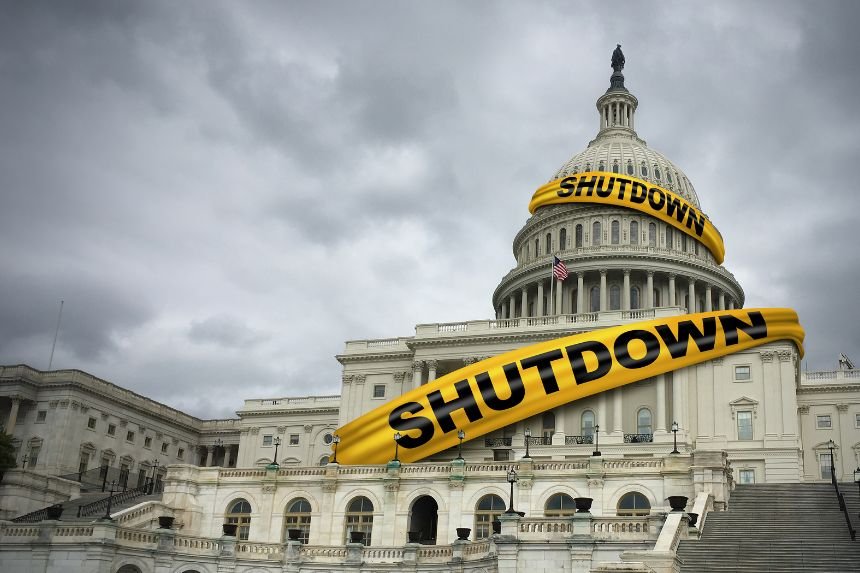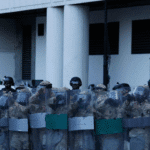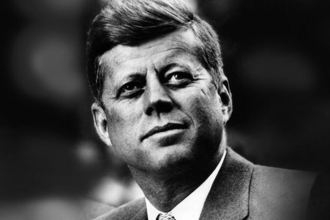The current government shutdown has once again brought Washington to a standstill, with both parties pointing fingers and refusing to budge. What began as a policy dispute over healthcare funding has now evolved into a full-blown shutdown standoff, leaving federal workers without pay and essential services disrupted.
- 1. Senate Democrats Block GOP Bid to Reopen Government
- 2. Schumer’s Role in Maintaining the Shutdown
- 3. Core Issues: What’s Fueling the Standoff
- 4. Trump’s Position and Actions
- 5. Consequences of the Shutdown
- 6. Public Opinion and Political Fallout
- 7. What’s Next: Possible Paths to Ending the Shutdown
- Final Thoughts
- FAQs
At the center of the deadlock are intense disagreements between Democrats and former President Donald Trump, who has continued to influence GOP strategy.
While Republicans demand a clean bill to reopen government, Democratic leaders like Chuck Schumer and Hakeem Jeffries insist that any agreement must also extend ACA subsidies.
As both sides accuse each other of being unwilling to compromise, the political rhetoric has escalated, turning this funding lapse into a battle for control over the narrative—and the nation’s future direction.
1. Senate Democrats Block GOP Bid to Reopen Government
Amid the growing crisis over the government funding lapse, Republicans in the Senate pushed a stopgap measure to restore operations.
But Senate Democrats blocked the GOP proposal, insisting that any funding bill must include extensions of health care subsidies under the Affordable Care Act (ACA).
According to reports, Democrats viewed the GOP measure as a “clean bill” without critical protections for vulnerable Americans, thus prompting their opposition.
The Republican proposal failed to receive the 60 votes required to overcome the filibuster, underscoring the shutdown deadlock.
Democrats have argued that reopening the government without addressing healthcare would simply shift the burden to low‑ and middle‑income households facing rising medical costs.
At the same time, Republicans accused Democrats of playing politics — blocking reopening just to force concessions. The back-and-forth illustrates the central role of the budget impasse in fueling the standoff.
2. Schumer’s Role in Maintaining the Shutdown
Senate Minority Leader Chuck Schumer has emerged as a central figure in the standoff. When President Trump asserted that “bipartisan shutdown negotiations are under way,” Schumer quickly rejected the claim, stating he was not currently in talks with the White House.
Democrats see Schumer’s role as protecting core legislative priorities—especially preserving ACA subsidies that are set to expire.
But Republicans paint that stance as obstructionist: Schumer is portrayed as a gatekeeper, refusing any deal that doesn’t meet Democratic demands. Meanwhile, Schumer insists that the GOP cannot “shut down the government first and expect us to negotiate later.”
By positioning himself as a reluctant negotiator, Schumer aims to frame Democrats as defenders of essential social programs rather than instigators of the shutdown.
Still, critics warn this posture risks prolonging the stalemate and deepening political damage.
3. Core Issues: What’s Fueling the Standoff
Healthcare Subsidies at the Heart of the Standoff
At the center of this shutdown standoff is the dispute over ACA subsidies. Democrats insist that any funding measure must extend those subsidies, which benefit millions of Americans relying on federally subsidized insurance.
Without them, many families could face steep increases in premiums or loss of coverage altogether.
Republicans, by contrast, argue that reopening the government must come first. They view subsidies as a separate legislative issue—one that should follow restoration of funding.
This stance allows them to claim they are not rejecting subsidies entirely, but refusing to negotiate until the government reopens.
The dispute over subsidies is more than technical. It reflects deeper divisions about the size of government, the role of federal health programs, and which party will be blamed for cuts or benefit losses.
As one article put it: Republicans claim “nothing to negotiate” until the government is open, while Democrats argue that opening without subsidy protection is no real solution.
So long as both sides view the subsidy issue as a nonnegotiable red line, the impasse may persist.
4. Trump’s Position and Actions
Trump Urges Democrats to Prioritize Reopening Before Negotiations
From the start, President Trump has insisted that the government must be reopened before any further deals or talks can occur. He publicly slams Democrats for “shutting down government” and demands reopen tonight in social media posts and statements.
In this framing, Trump presents himself as a pragmatist: he is open to negotiate, but only after agencies resume operations. “Open government first,” is a mantra repeated by GOP leaders.
The strategy serves multiple aims: it shifts the narrative to Democrats as obstructionists, it pressures public opinion, and it moves the political burden onto the opposition for any continued disruption.
Trump Walks Back Offer to Negotiate as Shutdown Drags On
Despite initial openness, Trump later walked back that posture. He emphasized that he sees “nothing to negotiate” while the government remains closed, reiterating that reopening is the priority.
His withdrawal from engagement came following Democratic rejection of GOP proposals and after public criticism from his own supporters. Some in government also flagged the growing mass layoffs / firings risk and the mounting economic costs.
Observers interpret this reversal as either tactical—forcing Democrats to court negotiations—or defensive—a sign that the hardline approach is beginning to backfire politically.
5. Consequences of the Shutdown
Effects on Federal Workers and Services
One immediate casualty of the federal shutdown is the workforce. Many federal employees are furloughed or working without pay, with the possibility of mass layoffs looming if funding gaps persist.
Essential services—from food assistance to airport security to veteran benefits—face disruption or delays. The ripple effects reach local governments and social safety nets.
In many cases, workers will receive back pay once the shutdown ends. But the uncertainty, delayed salaries, and stress weigh heavily on morale and federal operations.
Economic Consequences
Extended shutdowns also hurt the broader economy. Consumer confidence dips, discretionary spending drops, and delays in government contracts slow investment.
Analysts warn that cumulative effects—contractor disruptions, supply chain delays, unemployment claims growth—could shave points off GDP growth. The longer the government closure, the greater the risk of lasting harm, especially in sensitive sectors.
In parallel, uncertainty may affect markets and credit ratings. If the political standoff deepens, confidence in governance weakens—and borrowing costs could rise.
6. Public Opinion and Political Fallout
Polls on Support for Reopening without Healthcare Concessions
Public sentiment matters. Recent polls suggest many Americans favor reopening the government immediately, even if it means negotiating subsidies later.
Some show a majority supporting a stopgap funding bill without the ACA extension.
However, this support is not uniform. Voters in districts heavily reliant on healthcare assistance view subsidy protections as critical. Parties use these divisions to frame the accused narrative in ways that align with their base.
Blame Game Between Parties
As shutdown pains rise, the blame game intensifies. Republicans accuse Democrats of causing the freeze by refusing clean reopen bills. Democrats, in turn, accuse Trump and GOP leaders of weaponizing the shutdown to force cuts in Democratic agencies and shift the narrative.
Both sides try to portray the other as obstructionist—or worse, irresponsibly indifferent to public welfare. This politicization makes compromise harder, because any concession risks electoral backlash.
7. What’s Next: Possible Paths to Ending the Shutdown
- Clean Reopen Then Negotiate
Congress could pass a clean funding bill with no policy riders, immediately reinstating operations, then move separately to settle the disputes over subsidies. This would break the shutdown deadlock but requires political will. - Hybrid Bill with Minimal Protections
A compromise might include a short‑term extension of subsidies plus essential agency funding. This middle path could overcome objections from both sides, though both will charge that it’s a giveaway. - Democrats Blink and Accept GOP Terms
If pressure mounts—either through public discontent or internal dissent—Democrats might accept reopening terms without full subsidy protection, hoping to reverse course later. - Prolonged Shutdown and Escalation
In the worst case, the standoff could drag deeper into budget deadlines, triggering mass layoffs, economic contraction, and intensified political pressure to yield. - Judicial or Executive Interventions
Courts might intervene over funding mandates or executive actions. Alternatively, the President might issue targeted orders to fund select agencies—a controversial and legally risky move.
History suggests prolonged shutdowns reduce leverage for both sides, increasing the incentive to settle. But in this environment, with sharp squabbling over core policy, the risk is that neither side gives ground until damage is too great.
Final Thoughts
Government shutdowns expose the fragility of political compromise and the real-world consequences of legislative gridlock.
As the current standoff drags on, federal workers, public services, and the broader economy continue to suffer. What began as a dispute over healthcare funding has escalated into a power struggle with no clear resolution in sight.
Both parties remain entrenched, using the shutdown to advance policy goals while everyday Americans bear the burden. The longer this impasse continues, the greater the risk of lasting economic harm and erosion of public trust.
Ultimately, breaking the deadlock will require meaningful compromise and a willingness to separate urgent funding needs from larger policy debates. Until then, the shutdown remains a symbol of deep partisan division—and a test of leadership in a time of national frustration.
FAQs
Why does the federal government close?
A federal government closure occurs when Congress fails to pass appropriations bills or a continuing resolution (CR) by September 30, halting funding for federal agencies. Without new or temporary funding, operations like SNAP and NIH are disrupted.
What happens to federal employees during a federal shutdown?
During the 2018–2019 federal shutdown, 800,000 federal workers were furloughed or worked without pay, facing missed bills, late fees, and financial stress. Though retroactive pay is often approved, it doesn’t ease immediate hardships.
When was the last U.S. federal funding lapse?
The most recent U.S. federal funding lapse lasted from midnight EST on December 22, 2018, to January 25, 2019—spanning 35 days. It was the longest closure in U.S. history and the second involving furloughs during Donald Trump’s first term as president.
What Is the Impact of a U.S. federal funding gap?
Federal funding gaps disrupt public services and programs, leave federal workers unpaid or furloughed, and strain government resources, harming both citizens and the economy.
Can I Still Get My Passport During a Federal Funding Lapse?
Yes, the State Department will continue issuing passports and visas during a funding lapse, as these services are primarily funded by fees and not affected by the lapse in government funding.








